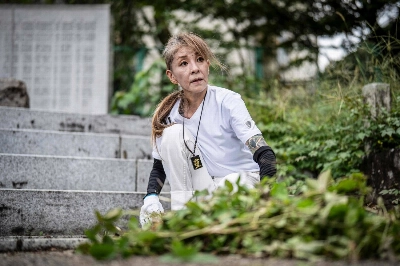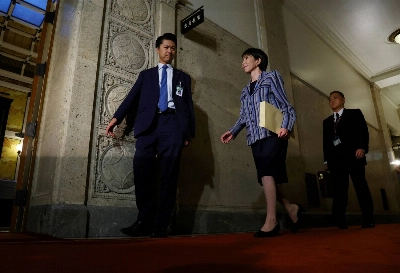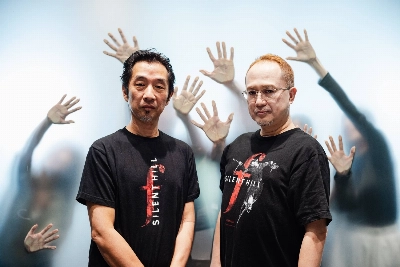HONOLULU -- It is commonly assumed that the first Japanese students to study in the United States arrived during Japan's dash toward modernization in the early years of the Meiji Period (1868-1912) but, in fact, a number of these young men arrived during the latter years of the long Tokugawa Period (1600-1867). Indeed, the oldest Japanese-American academic connection, that of Echizen (now Fukui) and Rutgers University (New Jersey), was established during that period.
A visitor to Rutgers who exhibits an interest in Japan will probably be taken to the adjoining town of Willow Grove to visit a cemetery with close ties to the Rutgers community. It is here that the graves of nine of the young men to study in the U.S. may be found. While pursuing their studies over 125 years ago, they died of various illnesses.
Among the graves in Willow Grove is that of an outstanding young man from Fukui. Carved on the face of his tombstone are the words "Taro Kusakabe, born in Echizen, Japan, died April 13, 1870, aged 25." Echizen, or Fukui as it is called today, lies along the west coast.


















With your current subscription plan you can comment on stories. However, before writing your first comment, please create a display name in the Profile section of your subscriber account page.